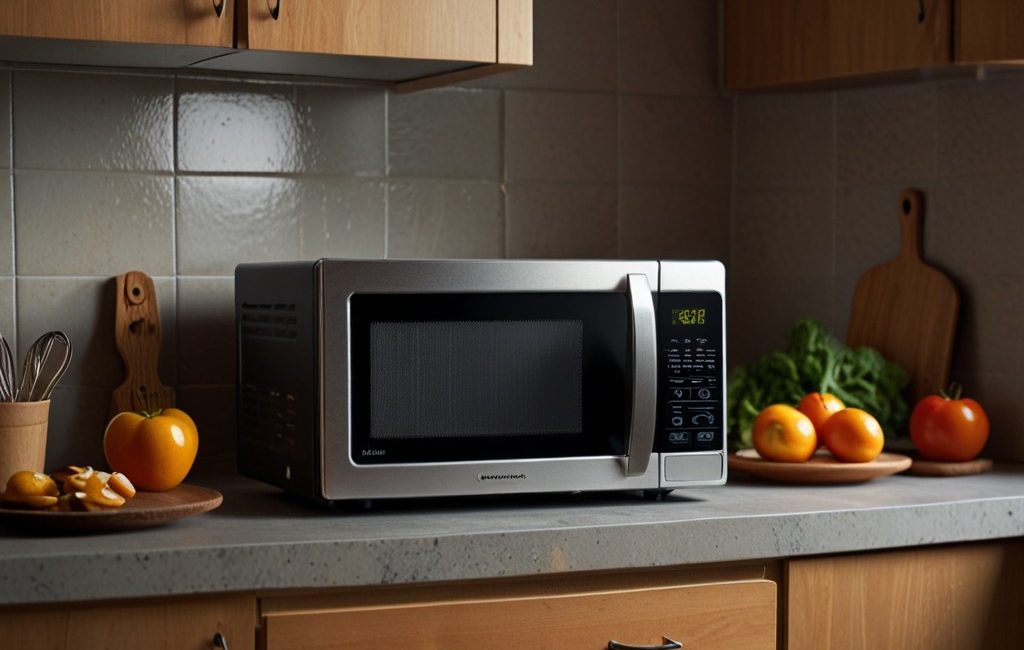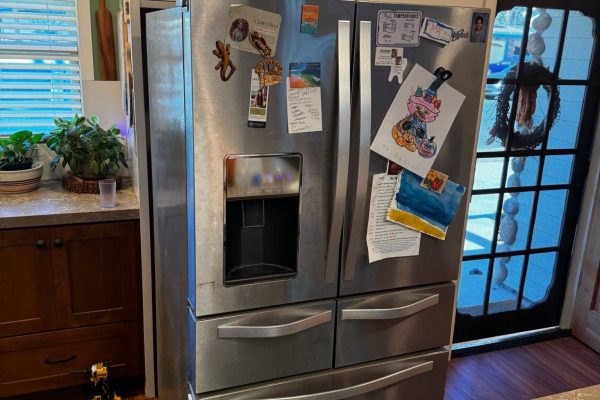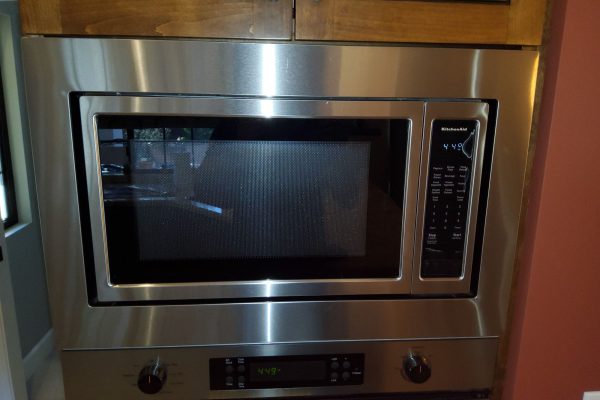In recent years, microwave moisture measurement systems have become a popular tool in various industries for their ability to provide rapid and accurate moisture content readings. These systems utilize microwave technology to penetrate materials and measure their moisture content, which is crucial for quality control and process optimization. However, like any technology, microwave moisture measurement systems come with their own set of challenges and limitations. Understanding these problems is essential for effectively utilizing these systems and mitigating their impact.
Calibration Issues
⠀
One of the primary problems with microwave moisture measurement systems is calibration. Accurate moisture measurement relies heavily on proper calibration, which can be a complex and time-consuming process. Variations in material composition, density, and temperature can all affect the calibration process. If not properly calibrated, the system can provide inaccurate readings, leading to poor quality control and potential product defects.
⠀
Interference from External Factors
⠀
Microwave moisture measurement systems can be susceptible to interference from external factors such as electromagnetic fields, temperature variations, and environmental humidity. Electromagnetic interference can distort the microwave signal, resulting in erroneous moisture readings. Similarly, changes in ambient temperature and humidity can affect the system’s accuracy, requiring frequent recalibration to maintain precise measurements.
⠀
Material Homogeneity
⠀
Another challenge is the homogeneity of the material being measured. Microwave moisture measurement systems assume a uniform distribution of moisture within the material. However, in reality, materials often have varying moisture content throughout their mass. This non-uniformity can lead to inaccurate readings, particularly in materials with high moisture gradients or those that are inherently heterogeneous.
⠀
Penetration Depth Limitations
⠀
The depth to which microwaves can penetrate a material is limited. For thick or dense materials, the microwave signal may not penetrate completely, leading to an incomplete measurement of moisture content. This limitation is particularly problematic for materials with significant thickness or density variations, as the system may only measure moisture content on the surface or near-surface layers, overlooking deeper regions.
⠀
Cost and Maintenance
⠀
Microwave moisture measurement systems can be expensive to purchase and maintain. The initial investment in the technology is significant, and ongoing maintenance costs can add up over time. Regular calibration, potential repairs, and the need for skilled operators contribute to the overall cost of ownership. For some businesses, these costs may outweigh the benefits, particularly if alternative moisture measurement methods are available.
⠀
Complexity of Use
⠀
Operating microwave moisture measurement systems can be complex, requiring specialized knowledge and training. The need for proper calibration, understanding of the material being measured, and the ability to interpret the results accurately all contribute to the complexity. Without adequate training, operators may struggle to use the system effectively, leading to inaccurate measurements and potential process disruptions.
⠀
Environmental Impact
⠀
The use of microwave technology can have environmental implications. The energy consumption of microwave moisture measurement systems can be significant, particularly in industrial settings where continuous operation is required. Additionally, the production and disposal of electronic components used in these systems can contribute to electronic waste, which has broader environmental impacts.
⠀
Mitigating the Challenges
⠀
While the problems associated with microwave moisture measurement systems are significant, there are strategies to mitigate these challenges. Proper training and ongoing education for operators can help ensure accurate calibration and operation. Regular maintenance and calibration checks can minimize the impact of external factors and maintain system accuracy. Investing in systems with advanced features that compensate for material heterogeneity and penetration depth limitations can also improve measurement reliability.
⠀
Microwave moisture measurement systems offer numerous benefits for rapid and accurate moisture content measurement across various industries. However, understanding and addressing the challenges associated with these systems is crucial for maximizing their effectiveness. By recognizing the potential problems and implementing strategies to mitigate them, businesses can leverage the advantages of microwave moisture measurement while minimizing the impact of its limitations.
If you are experiencing issues with your microwave moisture measurement system or need professional assistance with maintenance and calibration, contact the Oceanside Appliance Service Center. Our team of experienced technicians is here to help you ensure the optimal performance and accuracy of your moisture measurement systems. Don’t let technical challenges disrupt your operations – reach out to us today for expert support.
Contact us


